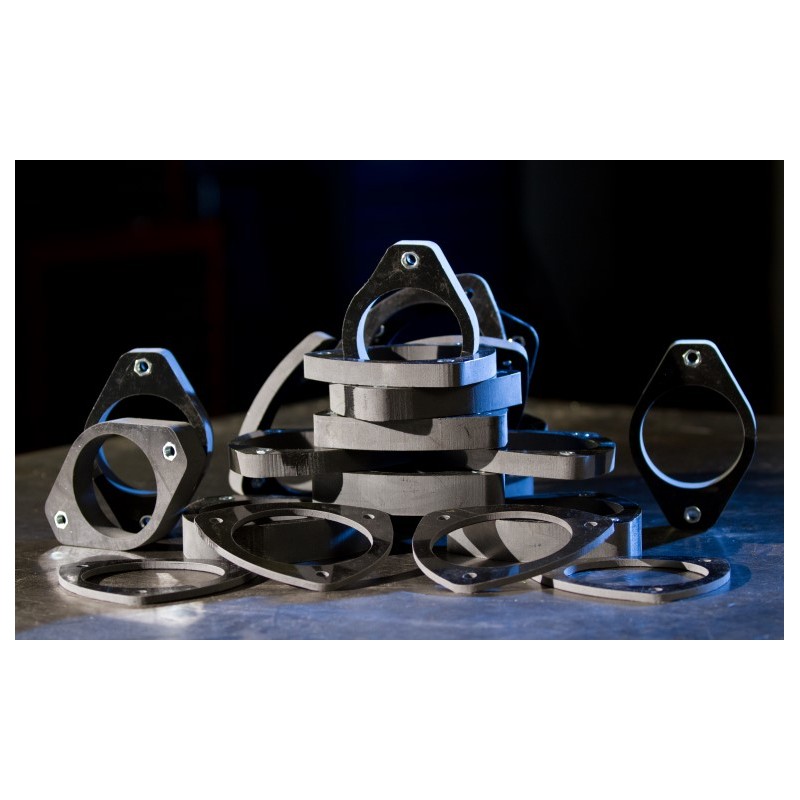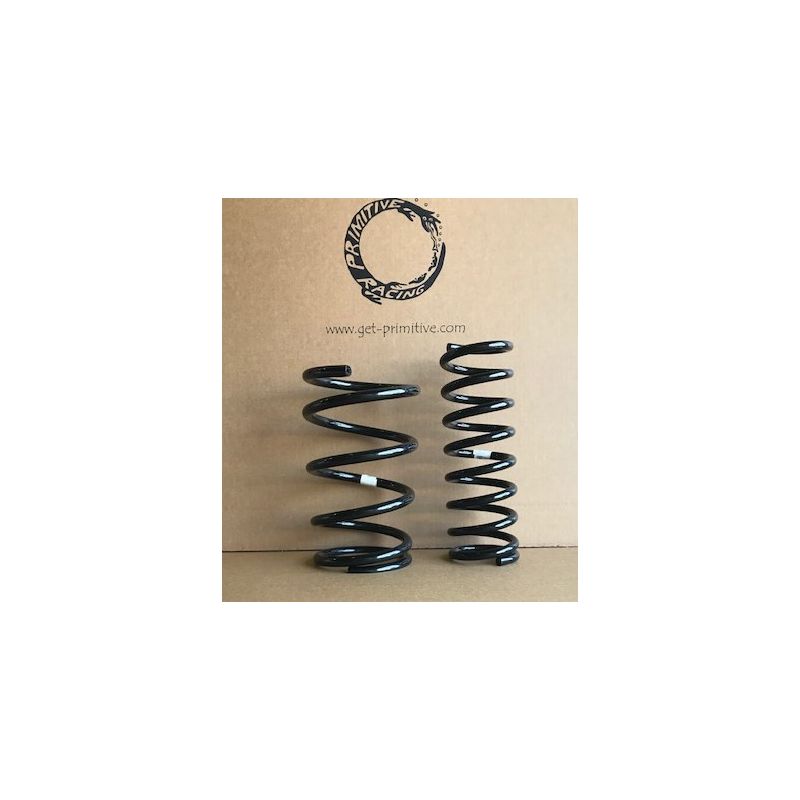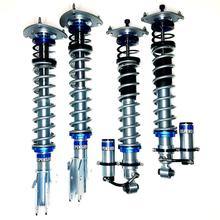Posted by Anthony Vaughn on 3rd Sep 2020
Whats the BEST way to lift your Subaru (or CUV)
"Spacers, springs, coilovers...which is BEST for lifting my vehicle? How do I know what to pick?"
The short answer:
It depends.
DONT THROW YOUR KEYBOARD!
I know many that clicked we're probably hoping for a short one line answer, followed by a simple explanation, but there simply isn't one. Pretending that there is would be a disservice to you, your needs, your wallet and your vehicle! It's a little complicated, but not that complicated! Keep reading, and by the end of this I'm confident you'll know everything you need to make the right decision for your needs, or at least be one big step closer to deciding which upgrade path to go down.
The best way through this is to look at whats available and weigh the pros and cons. Will start at bottom and work our way up in price:
Spacer Lift-

What is it?: Very simply, a spacer made out of a chunk of metal, HPDE or similar robust material that sits atop your stock struts/shocks that raises the body and in turn creates more ground clearance. The thicker the spacer the more the lift/ground clearance you get..
Pros: They're (relatively) cheap!! They can lift your vehicle anywhere from 0.5"-2.0" depending on the kit used. Easy DIY!
Cons: They don't improve anything else. While you gain height, these won't help with handling, or the ability to carry significantly heavier payloads since they use the stock springs/shocks. In fact, if you're going for a fairly large lift (say 1" or more) you'll likely notice some amount of degradation (especially on-road) in handling due to the increased center of gravity without any increase in spring rate to offset it.
Who should use them?: Folks on a budget that want the benefits of more ground clearance and are willing to sacrifice the improvements of a more cost intensive setup. These will give you the ability to run larger tires, and keep your bodywork/undercarriage further above the terrain. Spacer lifts have helped plenty of folks get further from the pavement than they are able to at stock ground clearance. However, if you spend a fair amount of time off-road and/or load a good amount of gear up on journey's you'll likely find yourself wanting for more of a dynamic suspension upgrade.
Spacers can also be used for additional lift for folks who have lifted their vehicles using springs that want more height than springs alone may offer.

Spring Lift-
What is it?: A set of springs that replace the original units mounted on the struts/shocks. These give the vehicle additional ride height by using a longer than stock spring, and typically have spring rates higher (stiffer) than the original units.
Pros: In addition to the benefits of increased ride height, the increased spring rates allow for heavier cargo payloads, and improved vehicle dynamics in most driving situations over a spacer lift alone. The increase in spring length/rates will better control chassis stability when cornering, as well help preserve compression travel (upward shock motion) when traversing rough terrain conditions.
Cons: Typically more expensive than a spacer lift alone. Some vehicles may require a strut/shock upgrade to properly manage the increased spring rates of the aftermarket springs, usually in cases of older vehicles, or those with higher mileage units. Need to rent/borrow a spring compressor for DIY install.
Who should use them?: Folks that want the benefits of a lift, as well as improved on/off-road driving dynamics that don't mind incurring the additional cost associated with it. Those who carry lots of gear i.e roof tents, aftermarket spare tire carriers, or winch bumpers,or just simply carry a good amount of stuff around in their vehicle on journeys. Also, those who are running larger/heavier tire and wheel combo will definitely appreciate the added motion control of the aforementioned unsprung mass.
Coilovers-

What is it?: A unit that completely replaces the entire factory springs/shock assembly in favor of one adjustable unit. Coilovers are different than conventional shocks/struts as they use a "threaded body" that allows the adjustment of their overall length to adjust a vehicles ride height. Making the unit "longer" raises the vehicle height, "shortening" it lowers the height.
Pros: The ability to dial in the exact amount of lift you want between 0"-3.0" on the model we offer (though I wouldn't suggest going past 2.0"). they're "rebuildable", meaning when the shocks wear out you can have them serviced to be new again internally. Having a spring and damper designed to work together. Having the ability to adjust damping (firmer or softer). Fairly easy DIY install due to being one bolt in unit.
Cons: They're more expensive than the aforementioned options. Having adjustable height and damping is a bit "fiddly" for some. They may take a bit of adjusting to get them "just the way you like". You have to clean the adjustment threads before adjusting especially after use off-road. Just like any lift, or height adjustment, you'll need to get the vehicle properly aligned after you change height.
Who should use them?: Folks that want all the benefits you would gain with a spring lift in terms of driving dynamics on/off-road, (better handling, added weight capability), as well as the added benefit of having shocks matched to springs out of the box. Those that want/enjoy the ability to tweak their specific ride height to their use and don't mind a little tinkering to get things "just right".
So which is right for you?: Hopefully reading this will have answered at least some questions you may have, or got you thinking about which one's you still need to ask. I know the above will only skim the surface for some, and for those who need more answers before you pull the trigger on anything I encourage you to reach out to us:
Phone: 818-395-9342
E-mail: vaughnperformance@roadrunner.com
AND FINALLY: Stay tuned! I plan to write more tech articles in the future that will take a deeper dive into the world of suspension upgrades for your vehicles!
Cheers,
-Anthony Vaughn
